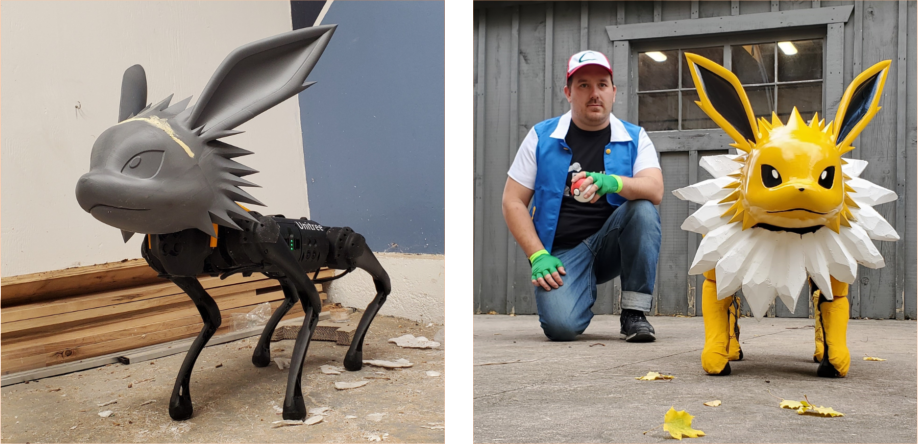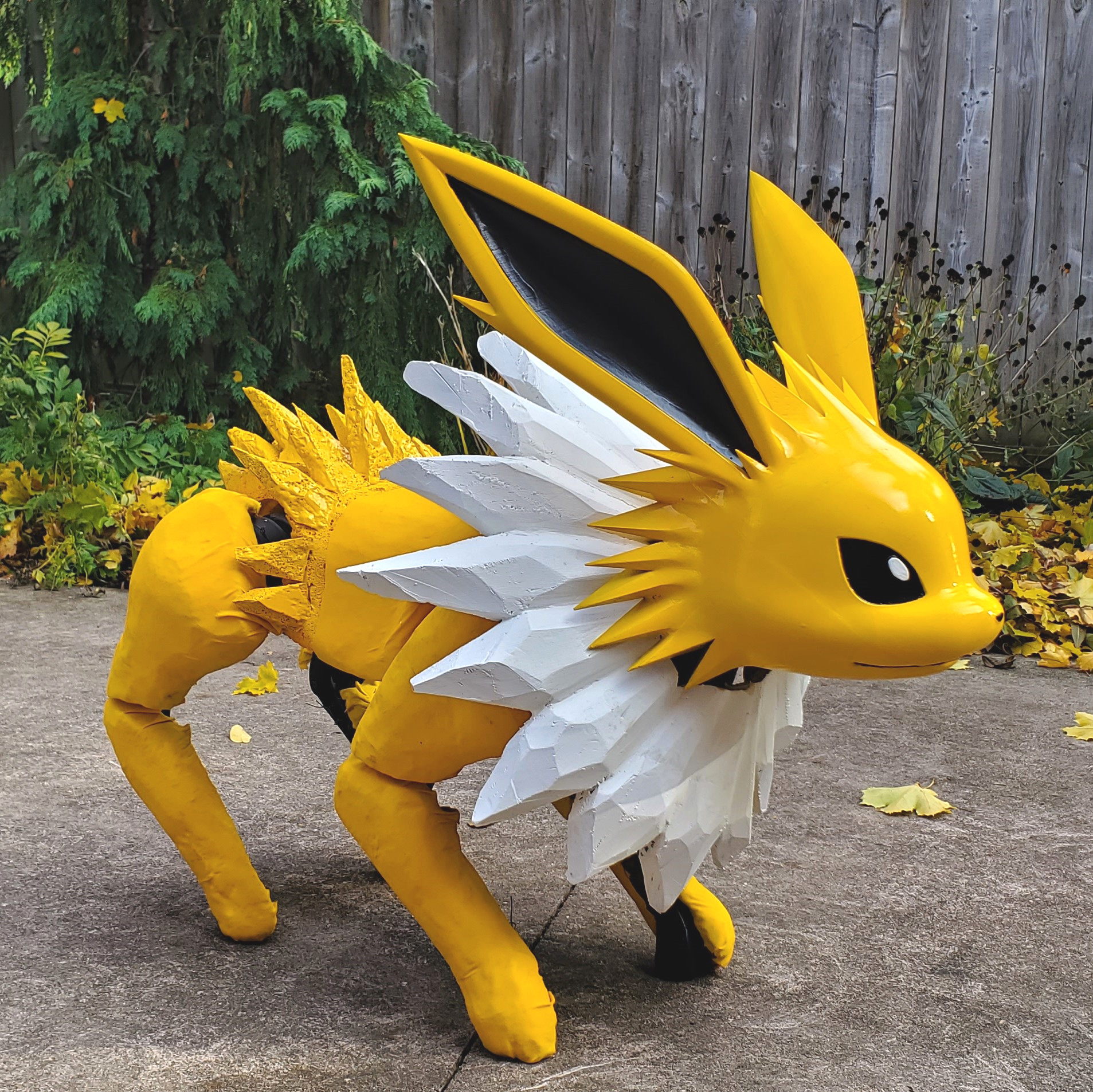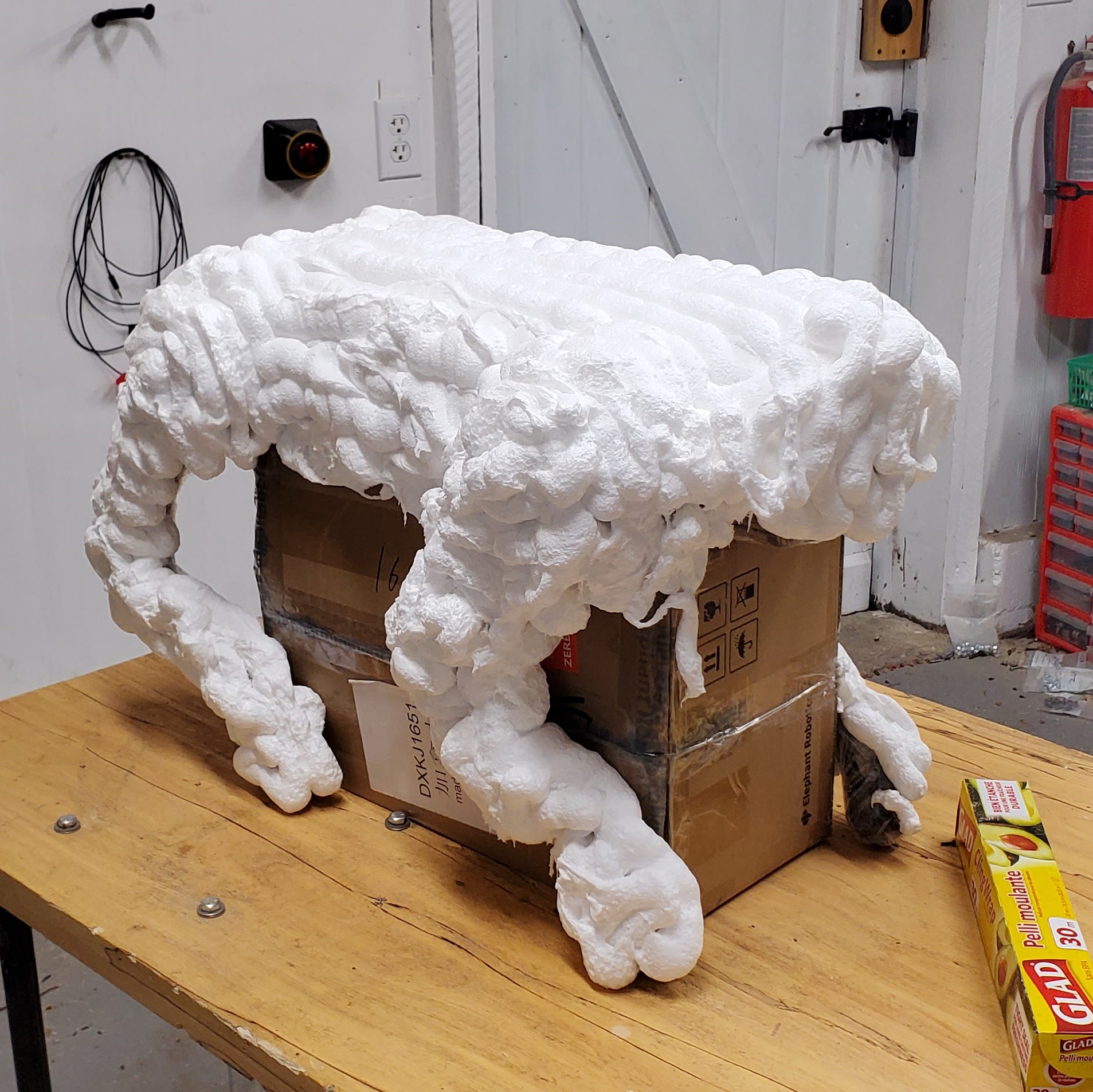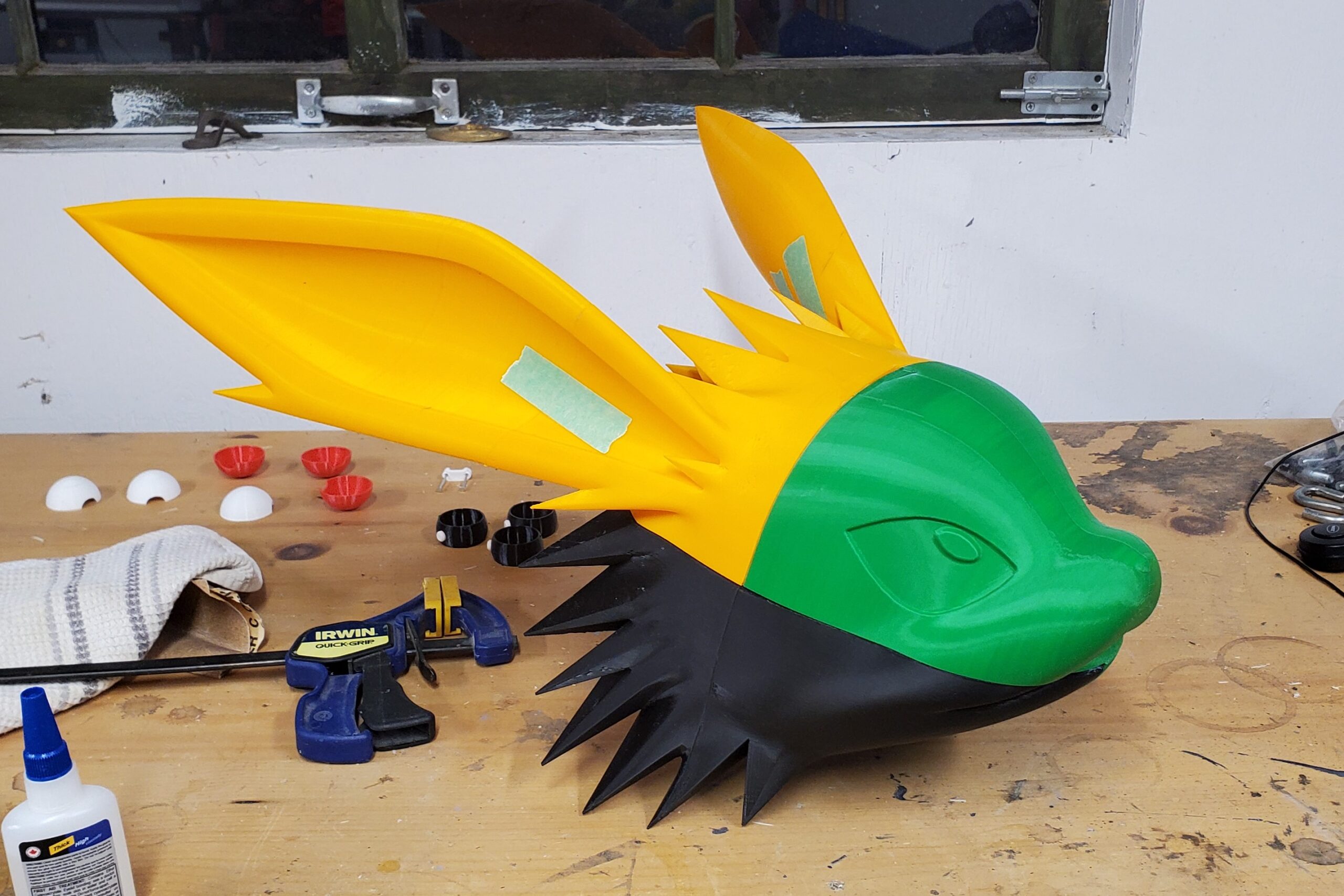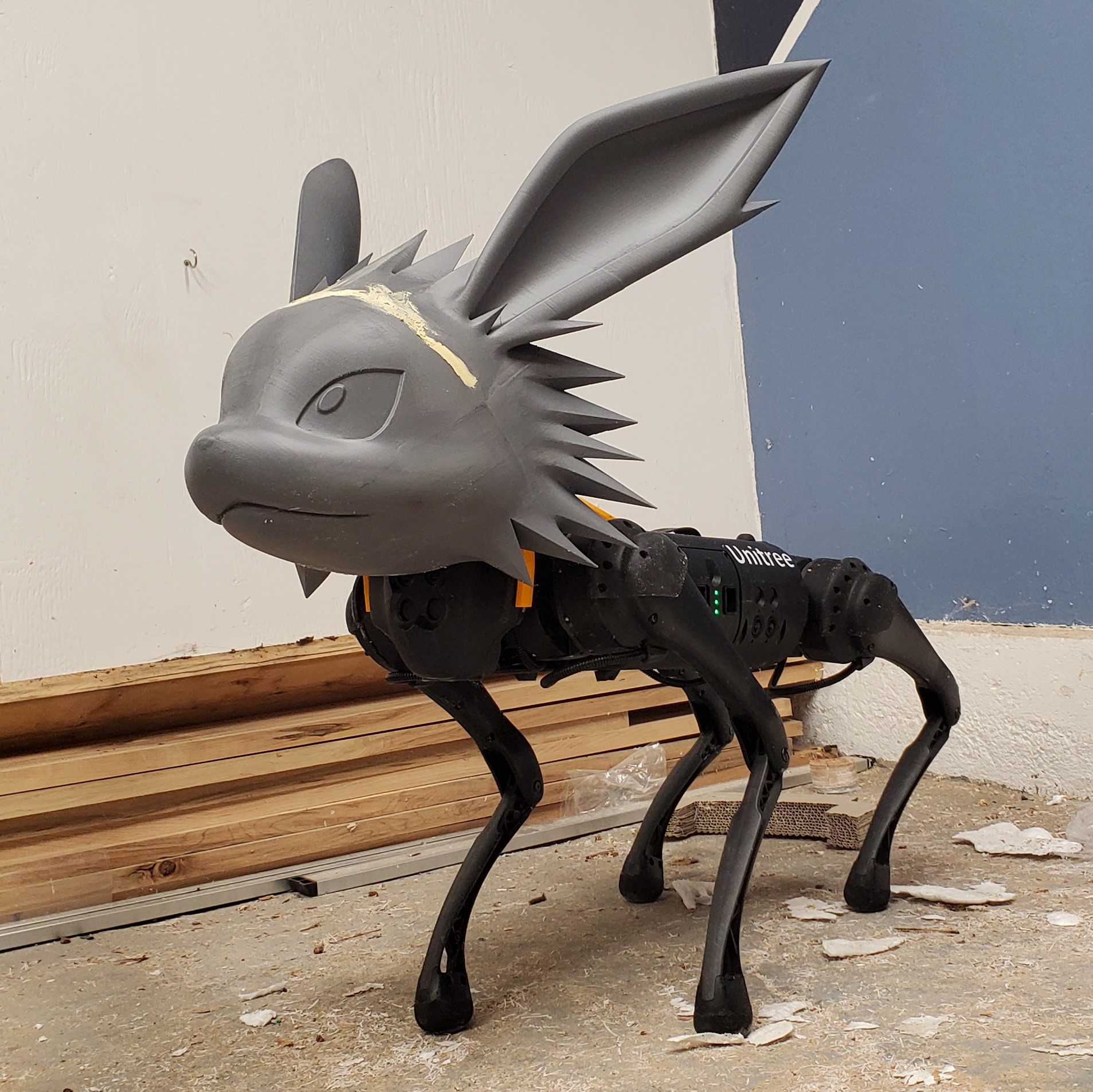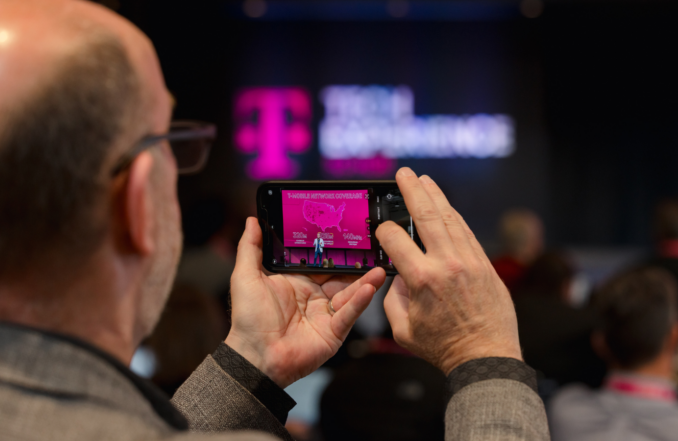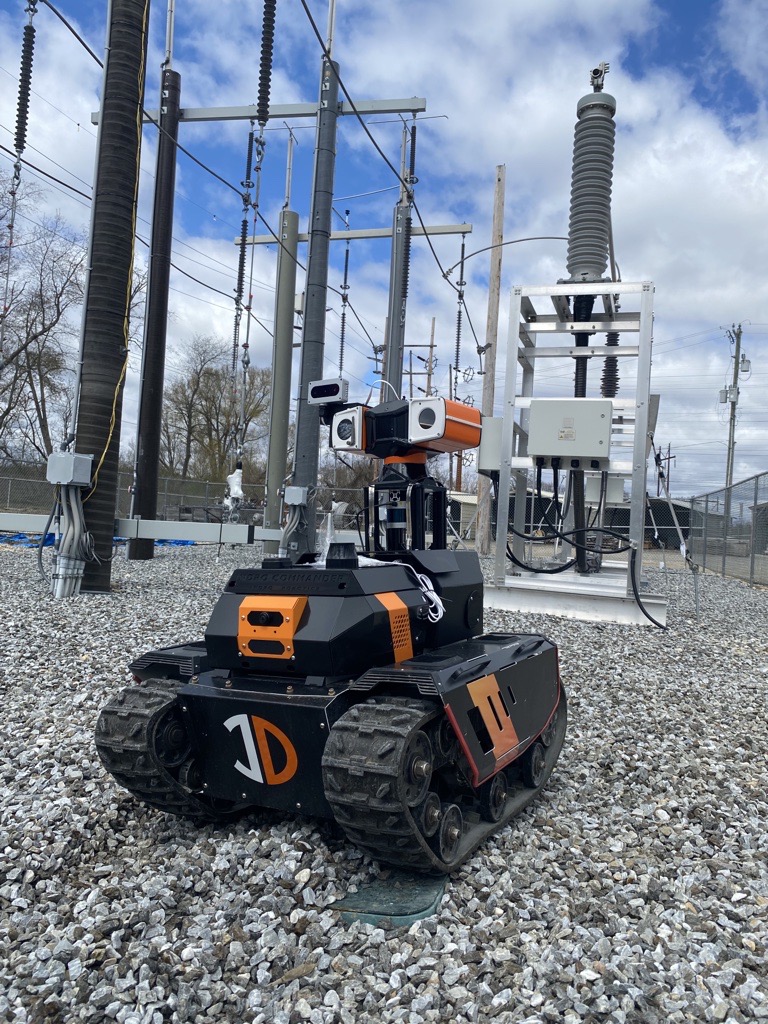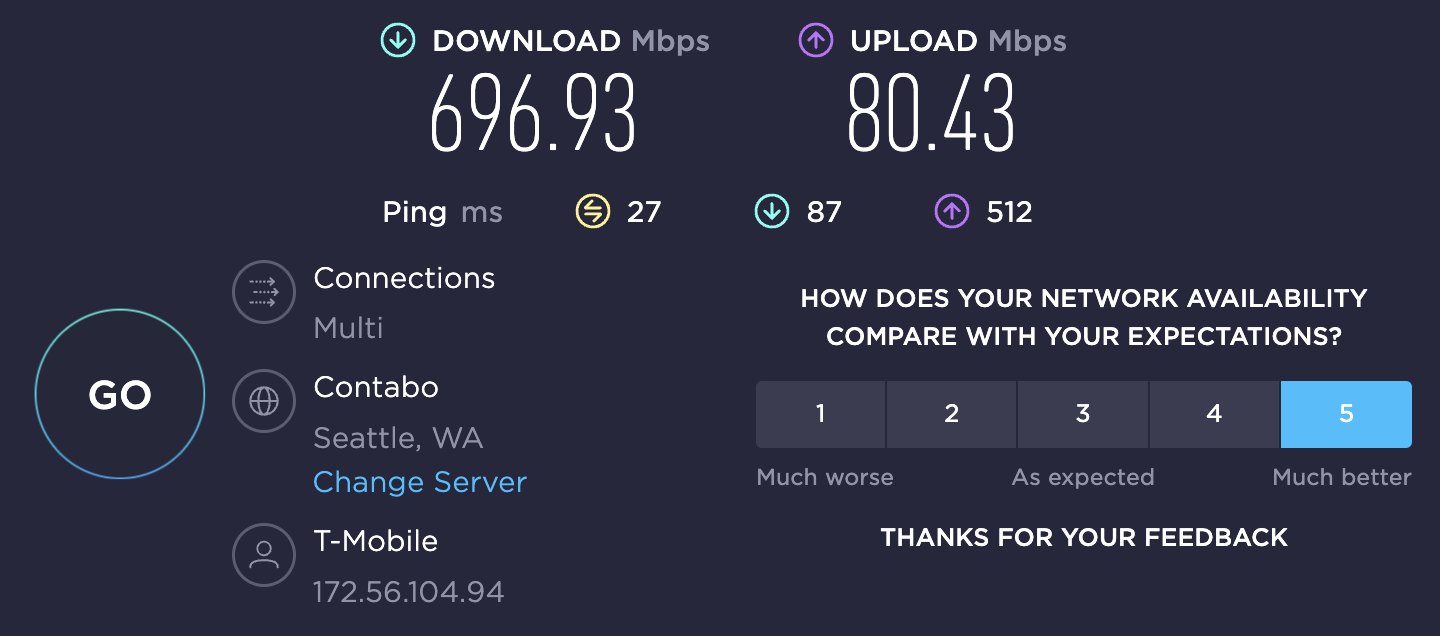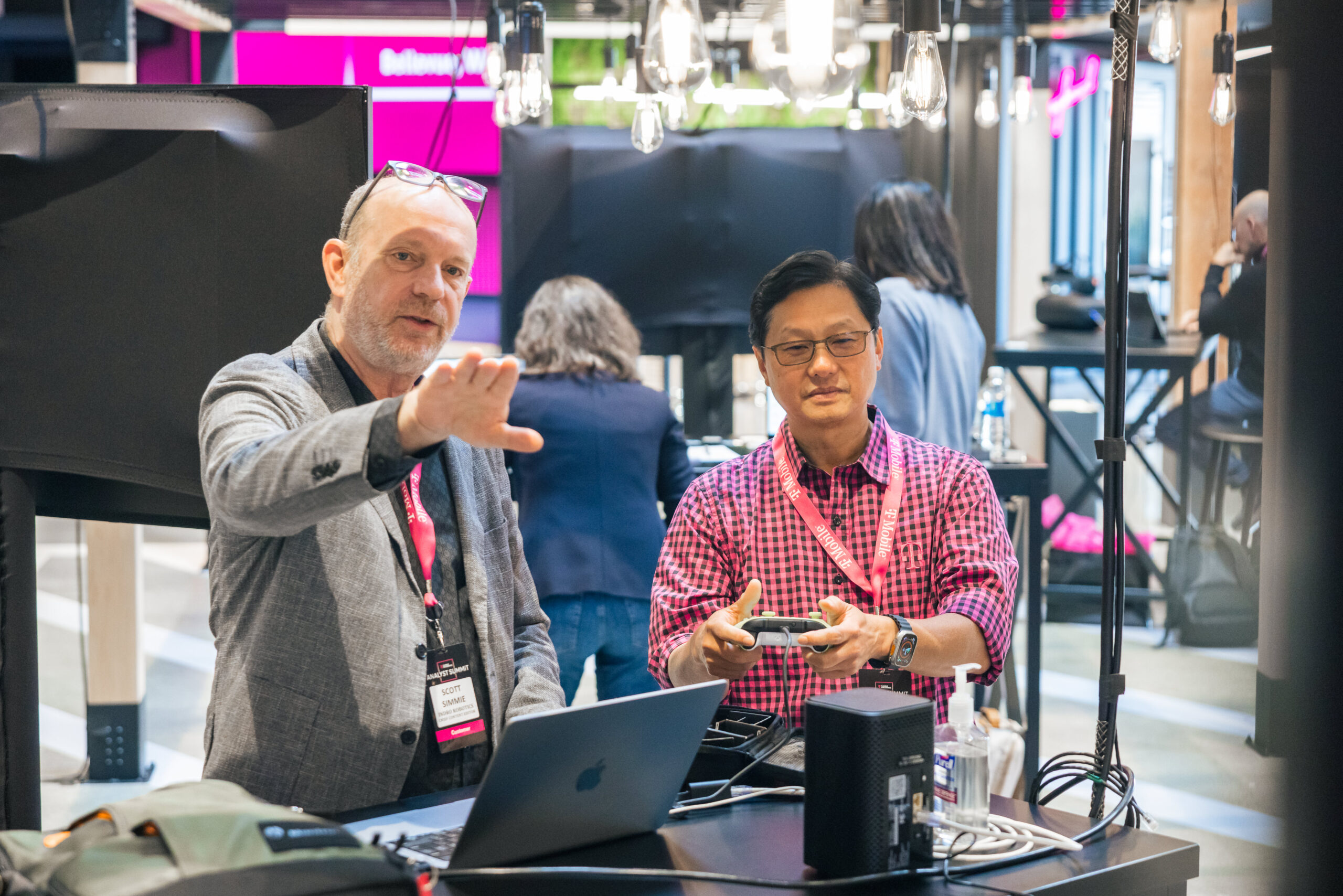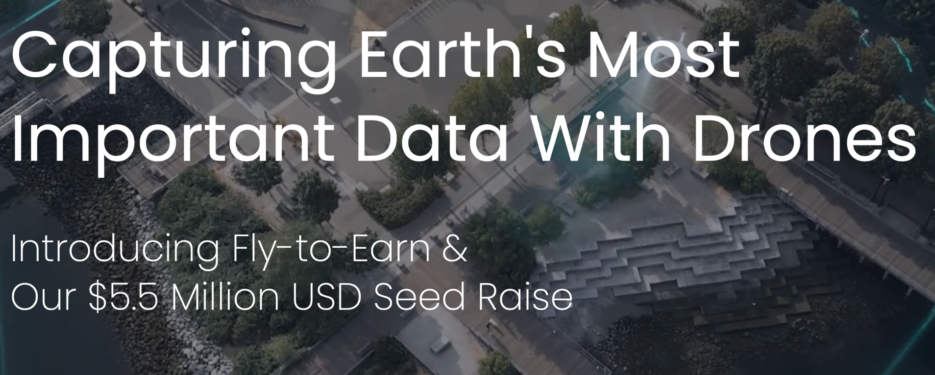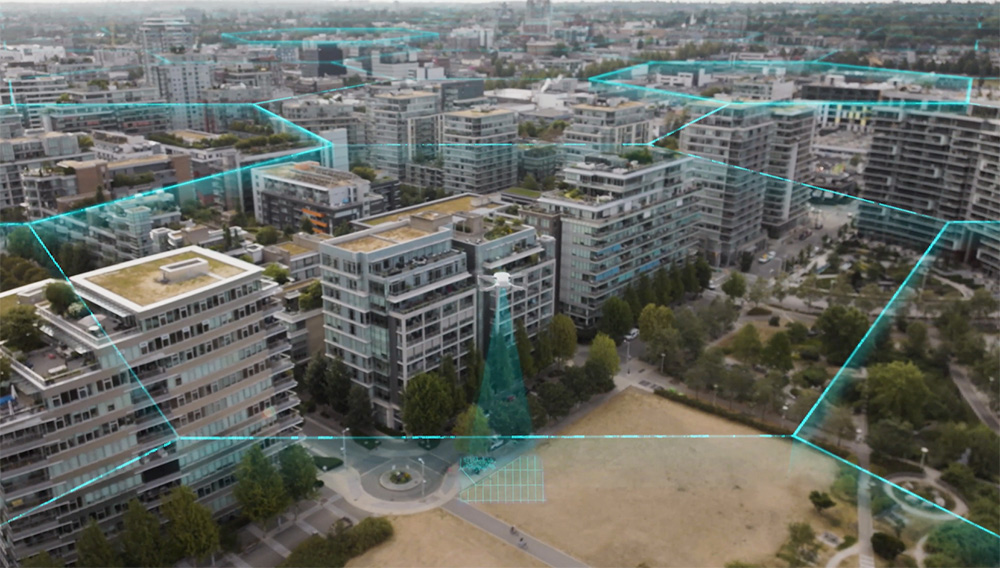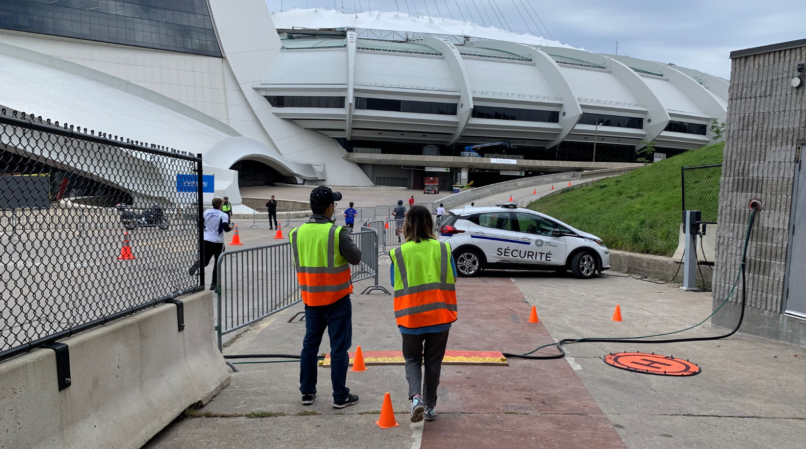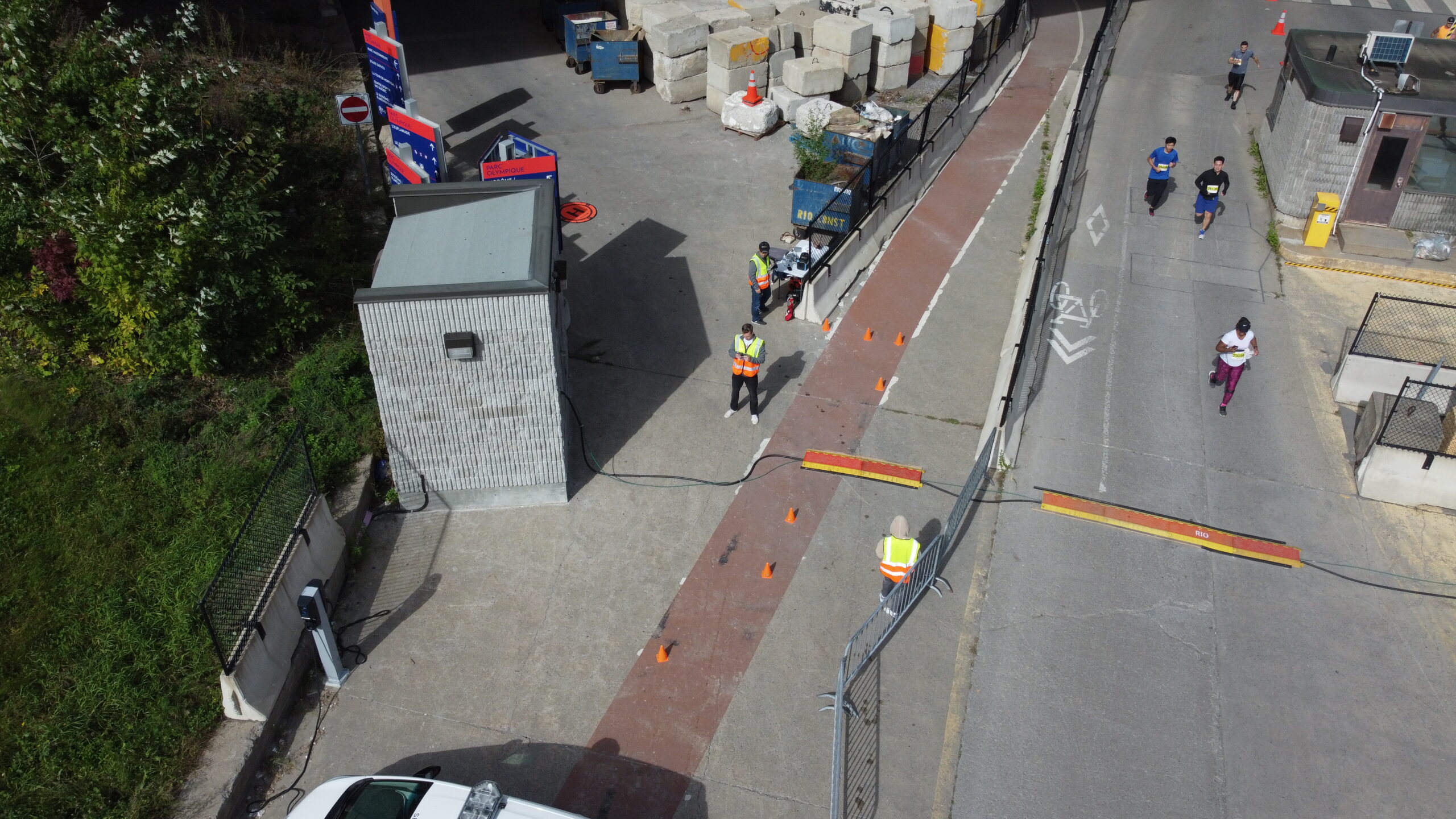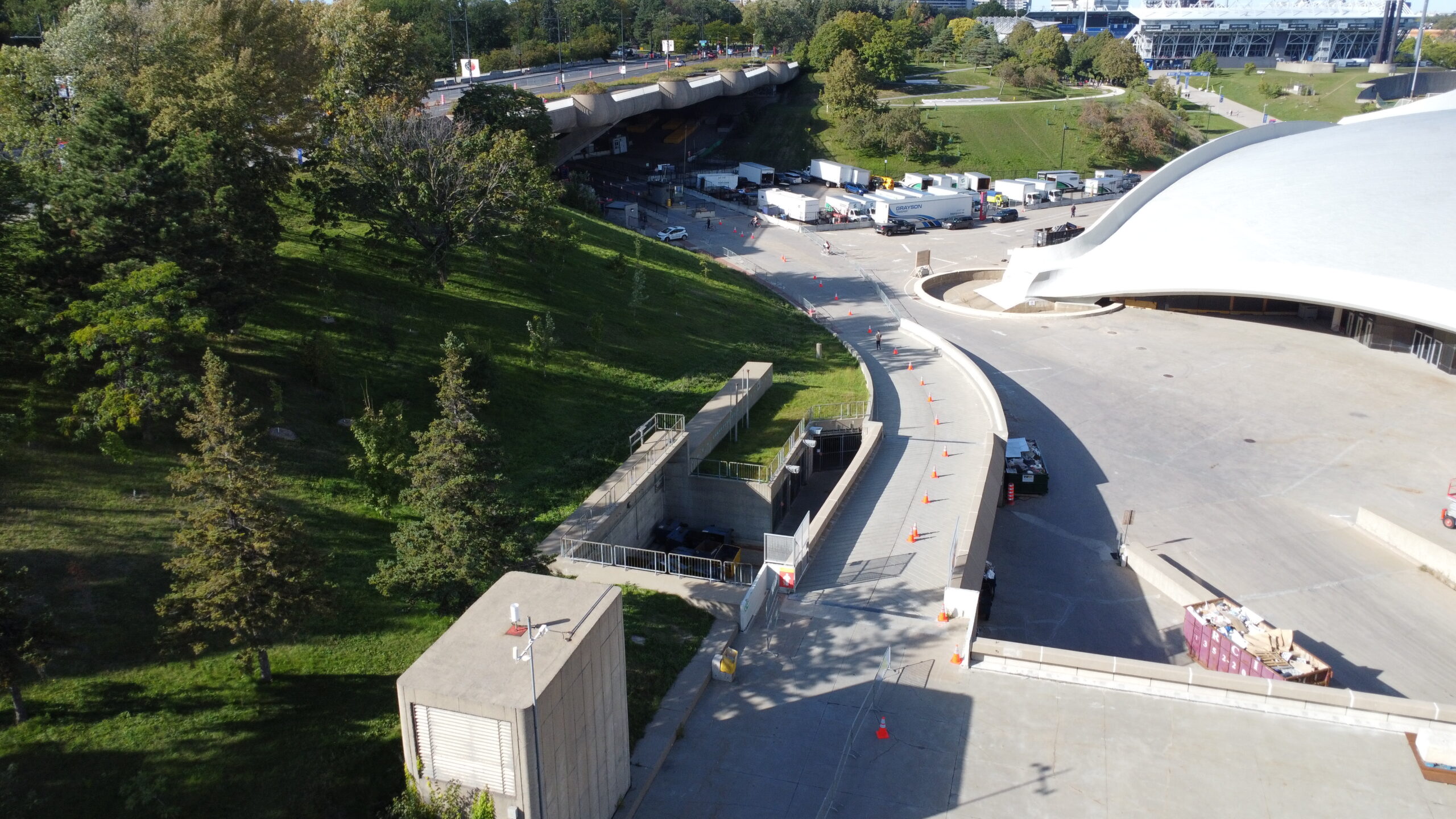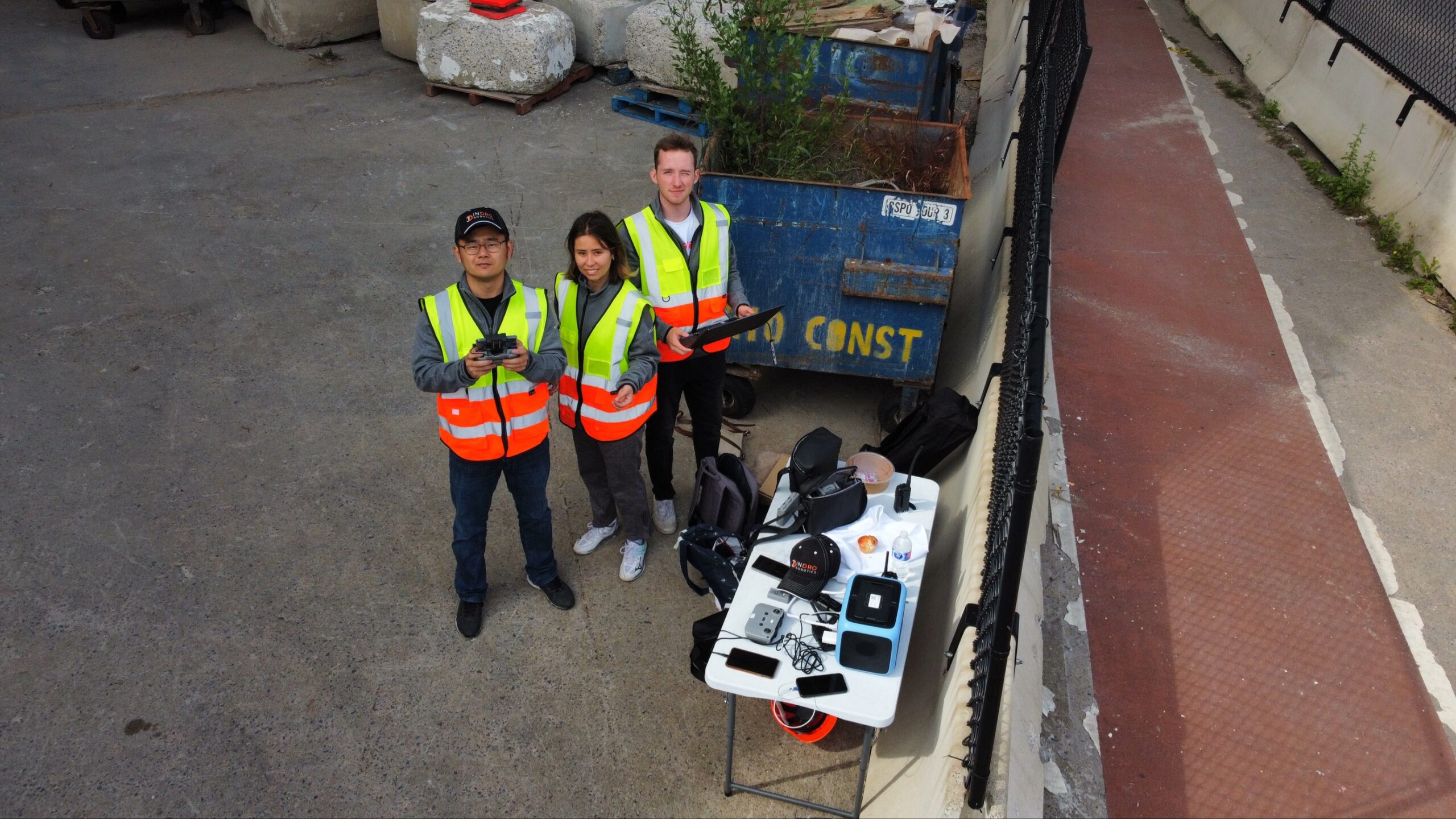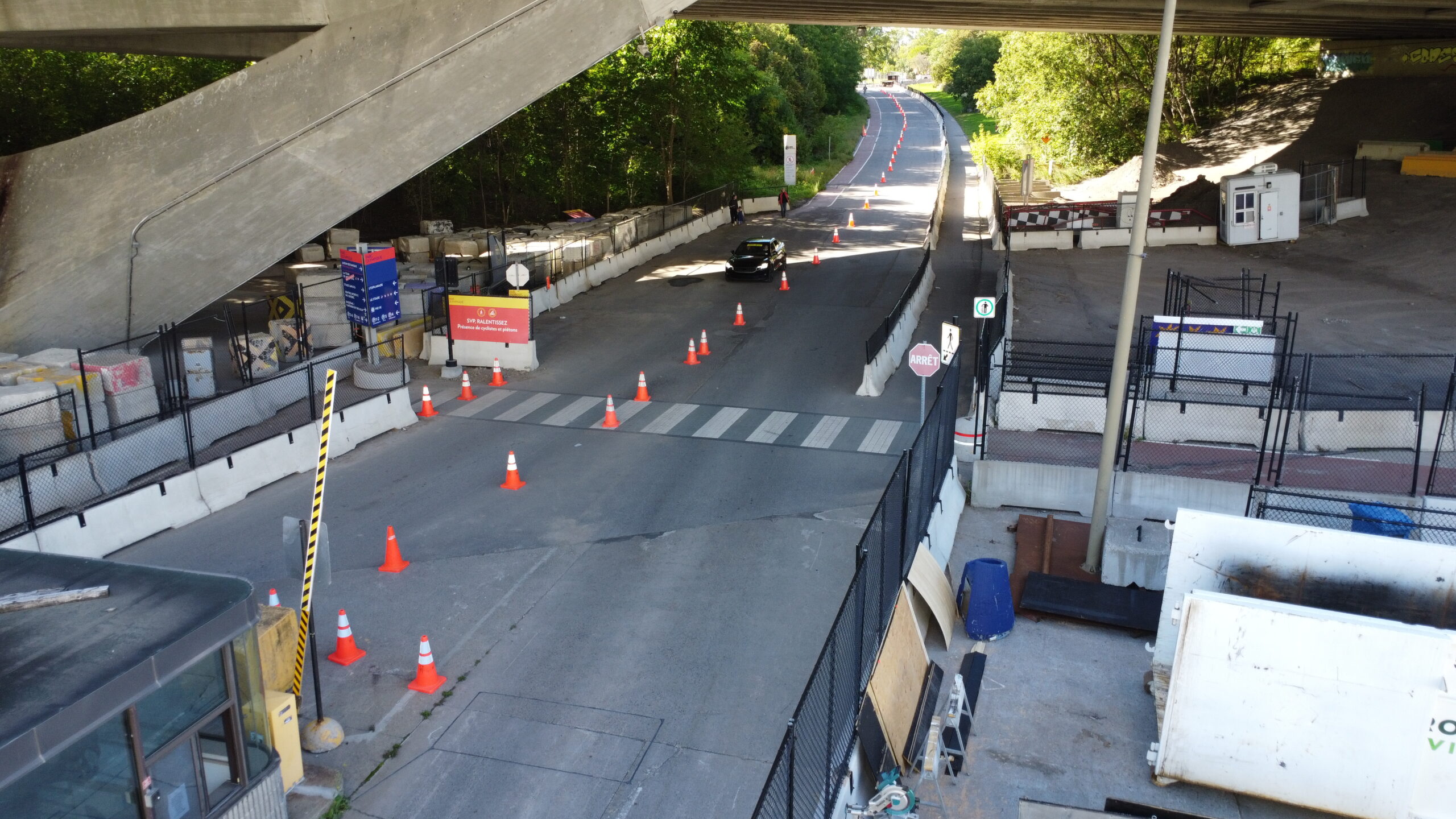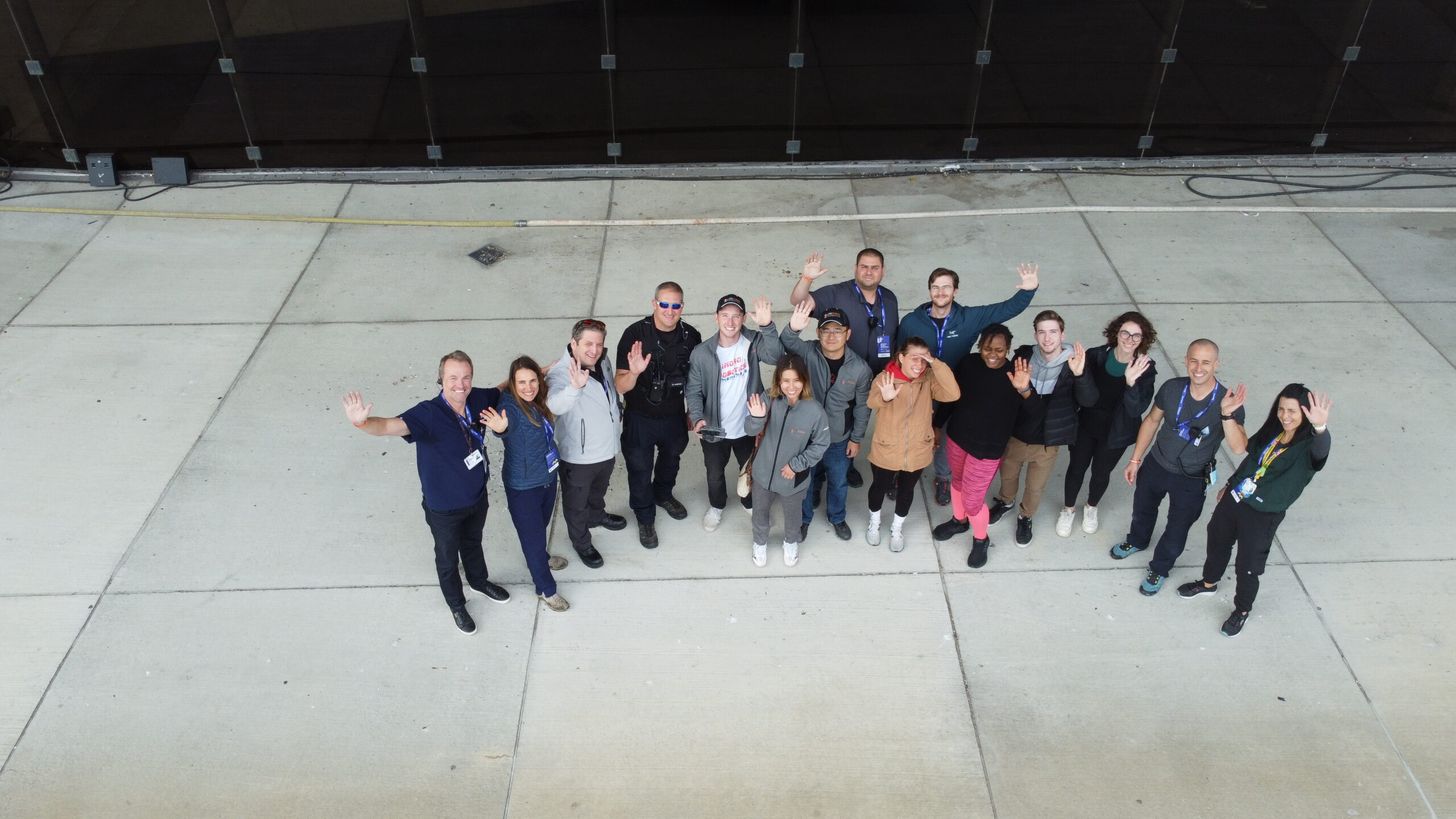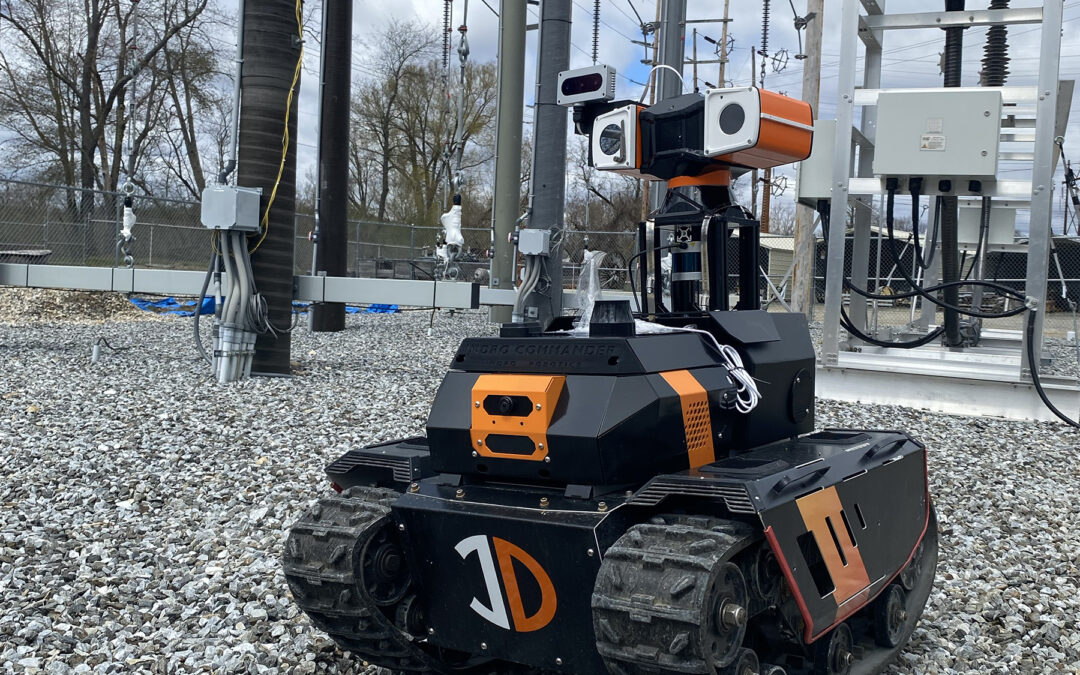
Coming soon: InDro Autonomy software
By Scott Simmie
We’ve got news.
InDro Robotics is in the final stages of a new product that will vastly improve the capabilities of ground robots running on ROS2 or ROS1 Robot Operating System libraries. In short, it will transform a remotely tele-operated machine into an autonomous one. The software – no surprise here – is called InDro Autonomy.
“It’s our solution to automating the mundane tasks of outdoor navigation,” says Arron Griffiths, lead engineer at InDro’s Area X.O R&D facility in Ottawa, Ontario.
As you know, ground and aerial robots excel at jobs often referred to as “The Three Ds” – meaning tasks that are dirty, dull or dangerous (and sometimes all three). We would actually add a fourth “D” to that set and include jobs that are distant.
Think, for example, of remote locations such as electrical substations or solar farms. Currently, most robots (including many InDro products in the field) are remotely tele-operated by someone connecting with those robots over 4G or 5G networks. That’s an awesome capability, and one being put to use regularly by InDro clients. (In fact, we recently did a demonstration for T-Mobile at an Analyst’s Summit in Washington State. Attendees could operate a robot using an Xbox controller in real-time. The robot was in Ottawa – some 4,000 kilometres away.)
So tele-operation will still be with us, and is exceedingly effective for many use-cases. But there are some tasks where autonomy would be preferable.
Below: InDro’s Austin Greisman tweaks a Sentinel robot at our Area X.O facility
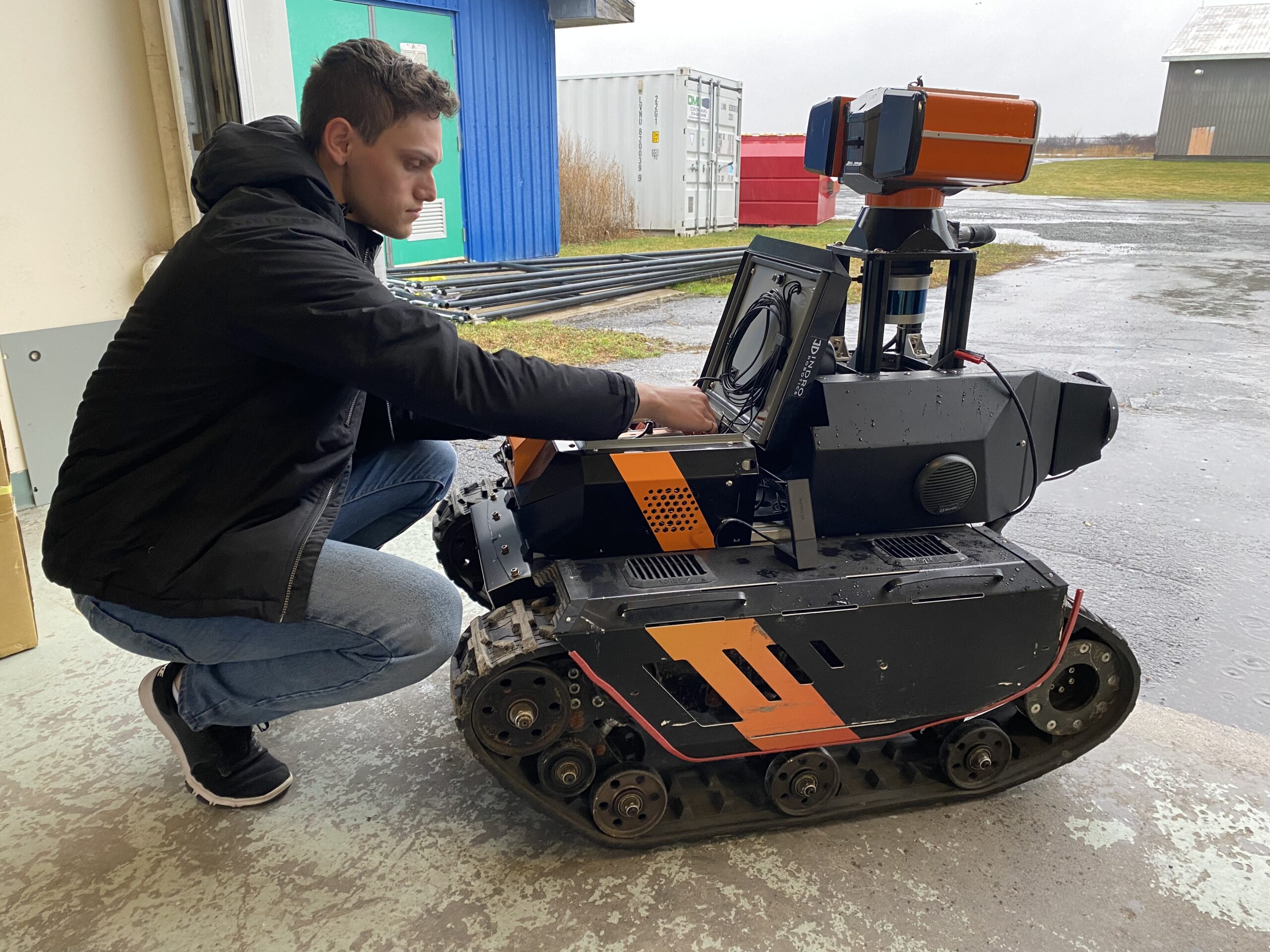
Why autonomy?
While tele-operations are appropriate for a variety of inspection and surveillance tasks, there are cases where autonomy is a preferable option. Specifically, when a robot is repeatedly carrying out the same route/mission. This is especially true when the path becomes larger, such as inspections at solar farms. Why assign a human being to control a robot for a lengthy and repetitive task when a robot can carry it out on its own? That’s where InDro Autonomy comes in.
“Solar farms can be absolutely massive and very hard to maintain,” explains Griffiths. “Having a human walk or even drive through with a thermal camera is very inefficient. Our Sentinel ground robot, for example, can do this on its own.”
InDro’s Austin Greisman, who has been integral to InDro Autonomy’s development, puts it like this:
“Performing routine inspection checks – going to see the same thing over and over again – can be automated with this type of system,” he says. “So you just collect the data.”
Compatability
InDro Autonomy was inspired by our exclusive Commander module. It’s a bolt-on solution for ground robots that allows for rapid customisation and sensor integration. It does so by containing the complete Robot Operating System (ROS2) software library onboard, as well as an Edge computer for real-time processing. With its 4G and 5G tele-operating capabilities, open USB slots, built-in camera and slick User Interface, it’s a snap to add and integrate sensors and carry out remote missions via dashboard.
While InDro Autonomy was developed to work seamlessly with Commander-enabled robots, our developers wanted to maximise interoperability. So while Commander takes the pain out of robot customisation, you don’t have to have it to deploy InDro Autonomy.
“Not only does InDro Autonomy fully work with any platform Commander supports, InDro Autonomy will work with any ROS2-based Robot that has an IMU, GPS, and wheel odometry,” says Greisman.
Here’s a look at the Commander module, the box that’s the brains of Sentinel. It’s directly above the robot treads.
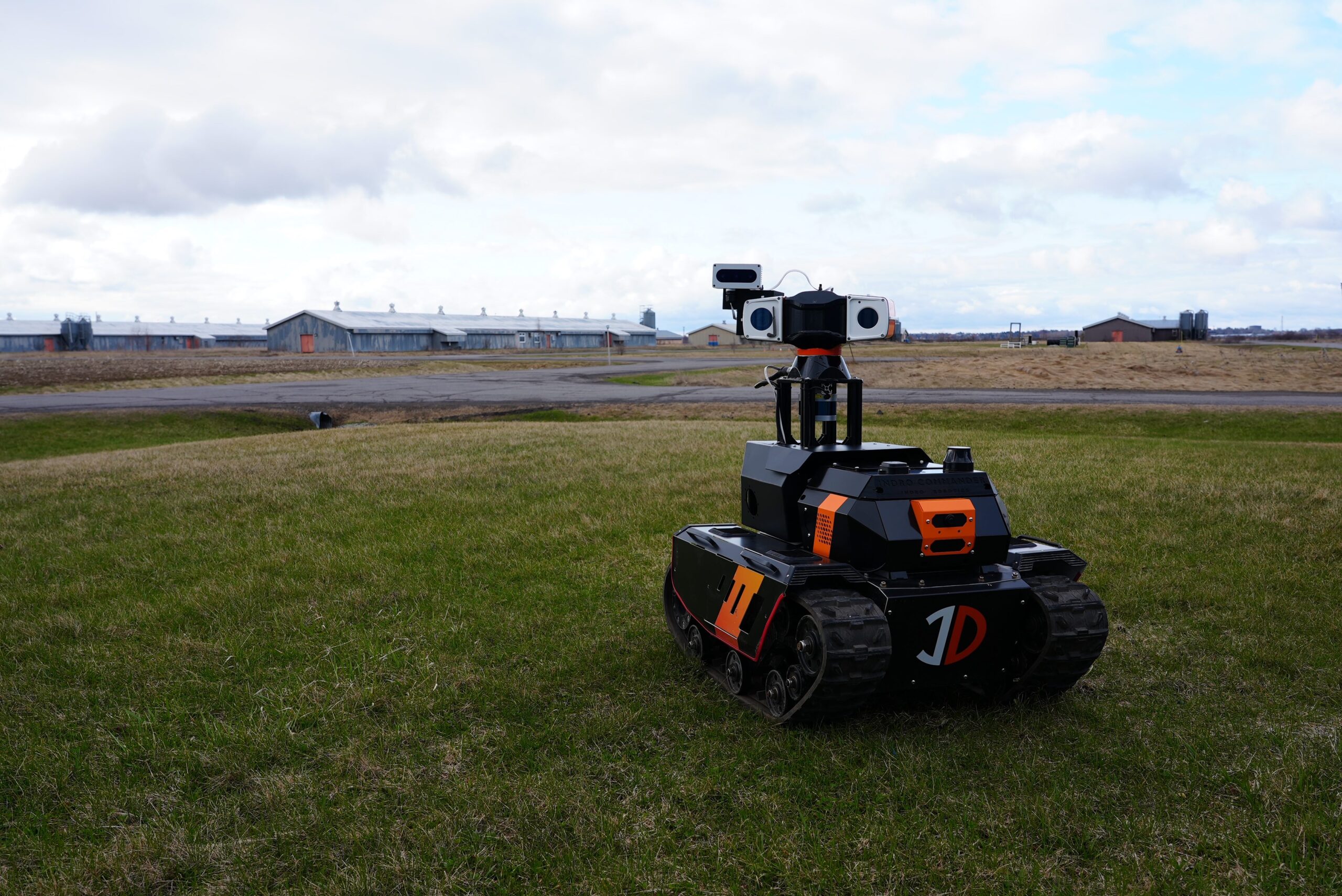
How does it work?
With lots of coding, lol.
But there’s more than that, of course. InDro Autonomy works by recording its path via GPS during an initial tele-operated cruise through the desired route. In the case of Commander-enabled robots, that GPS trail is immensely accurate.
“We have a very high quality GPS unit in Commander that is accurate to around 5 cm,” explains Greisman. “As the robot moves, it drops GPS breadcrumbs. Later on, at any time, even if you reboot it and drop it somewhere random, it will understand where it is relative to where it’s been – so if can figure out where it needs to go next.”
Wait, there’s more!
And there is.
Greisman says InDro Autonomy has been designed for even very large spaces. Often, covering more territory requires greater onboard computational power. Not with this system.
“You can be in as big of a space as you like and there’s no computational limitation to that. What sometimes happens with autonomy systems, as you go to a bigger space you need more computational power, and this system has been designed to be efficient on low compute platforms. So this allows us to keep costs low for the client as well.”
Anomaly detection, alerts
As InDro Autonomy gets ready for a Q1 2023 release, InDro’s R&D team has a few other features it’s planning on adding to the software.
Because it’s all about autonomous missions, it’s assumed that not every inspection will be monitored in real-time. All captured data will be georeferenced and stored, of course, with the ability to review any mission remotely. But InDro thought it would be good to take things even further.
InDro is baking in the ability to customize the software per customer requests. So, for example, if components at an electrical substation should not exceed 50° Celsius, an alert will be sent by text or email if the robot detects temperatures exceeding that parameter. Engineers are also looking into integrating an early warning system for arcing, which could be triggered by its unique sonic signature. Plus, Commander-enabled robots will have the ability to autonomously snug right up to their charging docks.
So InDro Autonomy has a lot of features. And they’re coming soon.
InDro’s take
When InDro engineers developed the InDro Commander, we knew we had something special. And it wasn’t long before a growing number of clients realized that fact. Our Commander module became popular because it simplified a previously painstaking task, making a tough and time-consuming job easier.
We feel the same way about InDro Autonomy – and we believe our clients will, too.

